A major difference between surface water and groundwater is the location where they are found. On one side, you may find the surface water on the external parts of the earth’s crust, i.e. on the surface level. Rivers, streams, lakes, ponds etc., are the most common examples of sources of surface water.
In contrast, the groundwater is present in the interior parts of the earth’s crust, i.e. underground level. Wells, tube wells, borewells, and springs are common sources of groundwater.
The surface water is also known as soft water because it has comparatively less mineral content. It also has higher chances of contamination due to the presence of pathogens.
Whereas groundwater is also referred hard water as it possesses a large quantity of minerals. Also, this water is pure, and the pathogen count is nearly nil.
This post discusses the key differences between surface water and groundwater in detail.
Content: Surface Water Vs Groundwater
Comparison Chart
| Characteristic | Surface Water | Ground Water |
|---|---|---|
| Definition | Water found on the upper portion of the earth’s crust is known as surface water | Water located below the earth’s crust is referred to as ground water |
| Water Quality | This water is more contaminated | This is less contaminated |
| Exposure to pollution | Highly prone to pollution as it remains exposed to environmental dust and pathogens | This water barely comes in contact with environmental pollutants since it remains underground |
| Chances of evaporation | Surface water gets exposed to the sunlight throughout the day, due to which its temperature rises, and thus there is a high rate of evaporation | Ground water has a constant temperature as it has no sunlight exposure. For this reason, the chances of evaporation are minimum |
| Presence of Pathogen | This water may contain some kind of small microbes or pathogen | This water is completely free of pathogens |
| Change in temperature | Temperature of this water changes according to the respective environmental conditions | The temperature of the ground water is constant |
| Extraction | Extraction of surface water is quite easy | Extraction of ground water is difficult |
| Sources | Streams, rivers, ponds, lakes etc. | Rainwater that seeps into the earth is the ultimate source of ground water |
| Mineral content | It has less mineral content, due to which it is also known as soft water | As the rainwater passes into the ground via rocks and soil, the minerals get infused into the water. Due to this, it is also known as hard water |
| Usage | Can be used directly from the source for irrigation, cleaning etc. | It needs a proper pumping mechanism to extract the water for using |
What is Surface Water?
Any kind of water body located above the crust can be considered as surface water. This may include lakes, creeks, streams, rivers, wetlands, reservoirs etc. Even the salt bodies like oceans and seas are also surface water sources.
The surface water actively participates in the water (hydrological) cycle by moving the water to and fro from surface to atmosphere and then back to the surface. This way, the precipitation feeds the surface water bodies. The surface water is visible and thus easily accessible to us. For this reason, a vast majority of the human population relies on these water bodies for their routine life. They are home to many aquatic flora and fauna.
Uses of Surface Water
The surface water is visibly present on the upper surface of the earth’s crust. Thus, we use this water for different purposes like:
- Drinking
- Cleaning
- Electricity production
- Farm and agricultural use
- Construction
However, if you are consuming the surface water directly from its source for drinking purposes, you should be double sure about its purity. This water is exposed to environmental conditions throughout the time. Thus, they may contain several harmful pathogens. In addition to this, industries discharge their wastewater in these waters, which makes them full of hazardous chemicals and polluting agents.
Types of Surface Water
There are three types of surface water:
- Perennial: The surface water from the permanent water bodies that persist throughout the year and remains replenished by groundwater.
- Ephemeral: This water is from semi-permanent bodies that are active only during a certain period of the year. Examples of ephemeral water bodies are creeks, lagoons, water holes etc.
- Man-made: These sources are artificial water bodies constructed by man. Example: dams and wetlands.
Features of Surface Water
- Colour: The surface water is usually clean and clear unless the external impurities are discarded in it. Most of the time, the colour changes to dark green, muddy brown or black due to the pollution.
- Freshness: Freshwater is the one that has less than 1,000mg/l of dissolved impurities such as salts and minerals. On this earth, only 3 % of the surface water is freshwater.
- Temperature: Biological impurities make the water warm. Also, this water remains exposed to the sunlight. The incident solar radiation continuously heats the water.
- Level of dissolved nutrients: It might contain organic and inorganic nutrients. The top layer of water comprises a lower amount of salts and minerals.
- Salinity: The level of salinity differs from source to source. The ocean and sea are highly saline, while freshwater bodies like rivers and ponds have lower salinity.
What is Groundwater?
The groundwater is the water that is collecting or flowing beneath the surface you are standing. It occupies all or part of the porous void spaces in geological strata, including soil, sediments and rocks.
This water is also referred to as subsurface water that separates the surface water from the water table. However, both of these waters remain related via the continuous circulation of water through the hydrological cycle.
Where does underground water come from?
The sand and the gravels are permeable and porous to the water, and thus the water seeps below the ground, which we refer as groundwater. Most of the underground water comes via precipitation. The water that comes from precipitation infiltrates below through spaces between soil, rocks and sediments.
When the upper soil zone becomes saturated, the water starts to percolate downwards. This zone of saturation is where all the interstices are occupied by water.
The infiltrating water continuously descends downwards until it reaches the zone of dense rocks. Here, the water is contained in the pores, but these pores are unconnected, and thus, the water can’t migrate further. It stays there as the underground water reservoir.
Recharging of Groundwater
The process of precipitation keeps on replenishing the groundwater level known as water recharging. Mostly the recharge occurs during the rainy and winter season in tropical and temperate regions, respectively.
Where is Groundwater found?
Around 10-20 % of the precipitation on earth seeps into the water-bearing strata underground, known as aquifers. The water stored in these aquifers naturally comes out in wells, whereas borewells and tube wells use pumps and motors to fetch up this water.
Aquifers
“The aquifers are the saturated zone made up of sediments and rocks through which the underground water can move.”
Groundwater has a constant motion. However, this movement is very slow in comparison to surface water. The rate of flow of groundwater relies on the transmissivity and storage capacity of that particular aquifer. You cannot determine the exact internal circulation of groundwater, but it is assumed that the average cycling time may be a year or less near the water table, whereas it may be long up to thousands of years in the deep aquifers.
Uses of Groundwater
Groundwater supports the agricultural system as the majority of the irrigation is carried out with it. Also, it is highly used for domestic, industrial and construction purposes. In arid or semi-arid zones, groundwater becomes the ultimate source for drinking in summers at the time when the rivers, lakes and ponds dry out.
Key Differences Between Surface Water and Ground Water
- Surface water is present on the upper surface of the earth’s crust, while groundwater is present on the lower side of the crust.
- Surface water has lesser mineral and salt content, while groundwater has high mineral content.
- We refer surface water as soft water during groundwater as hard water.
- The surface water gets easily contaminated and has plenty of pathogens. In contrast, the groundwater is pure, and the presence of pathogens is almost nil.
- The constant exposure to sunlight heats up the surface water which rises the temperature. Whereas the groundwater remains covered and thus has a constant temperature.
- Seas, oceans, rivers, streams, lake ponds etc., are examples of surface water. While the well, borewells, tube-wells etc., are examples of groundwater.
Conclusion
Most of the population relies on one of these two water sources i.e., either surface water or groundwater for their daily survival. This content will help you know about the differences between them as well as about their sources and uses.

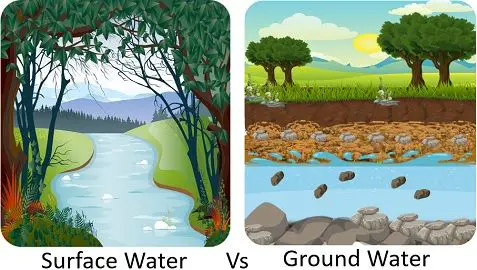
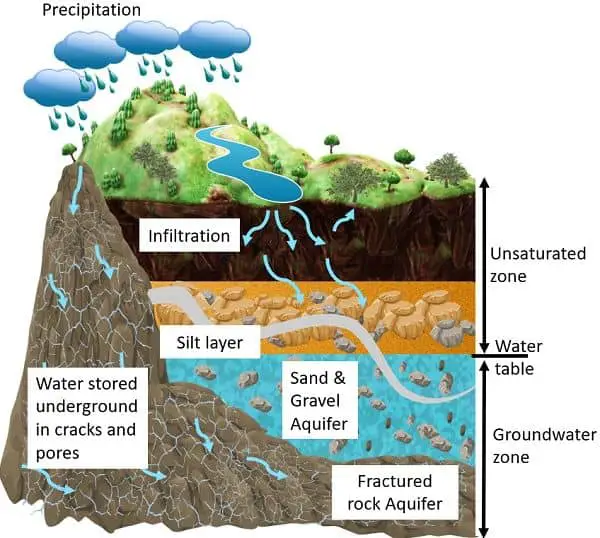
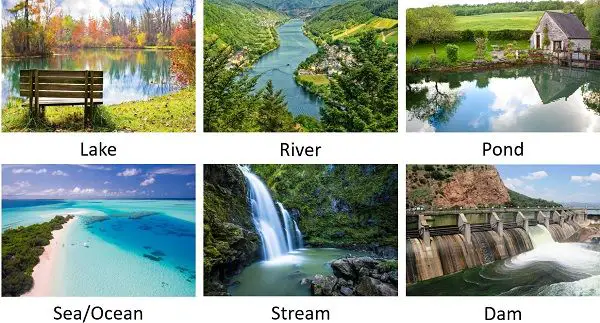
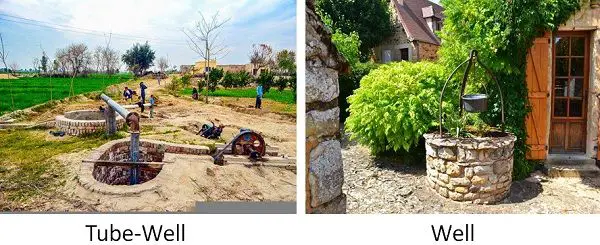
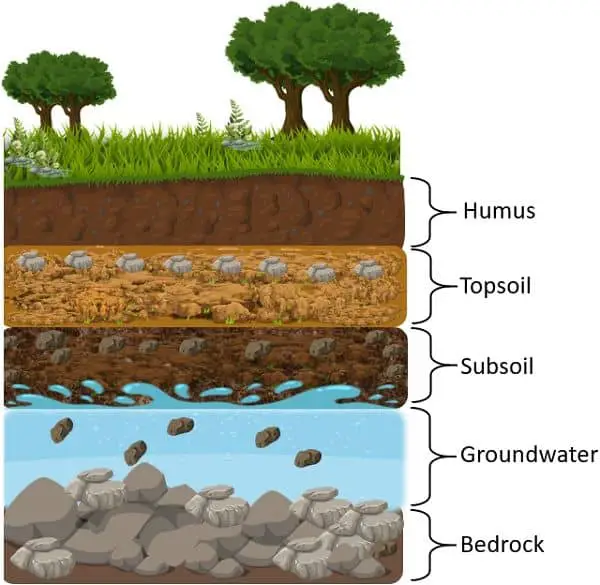
Leave a Reply